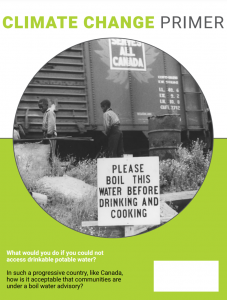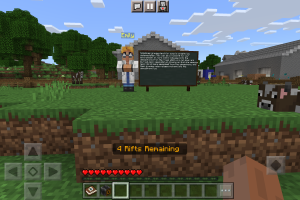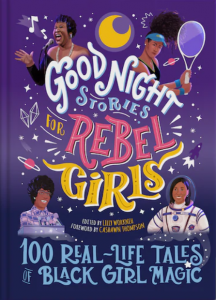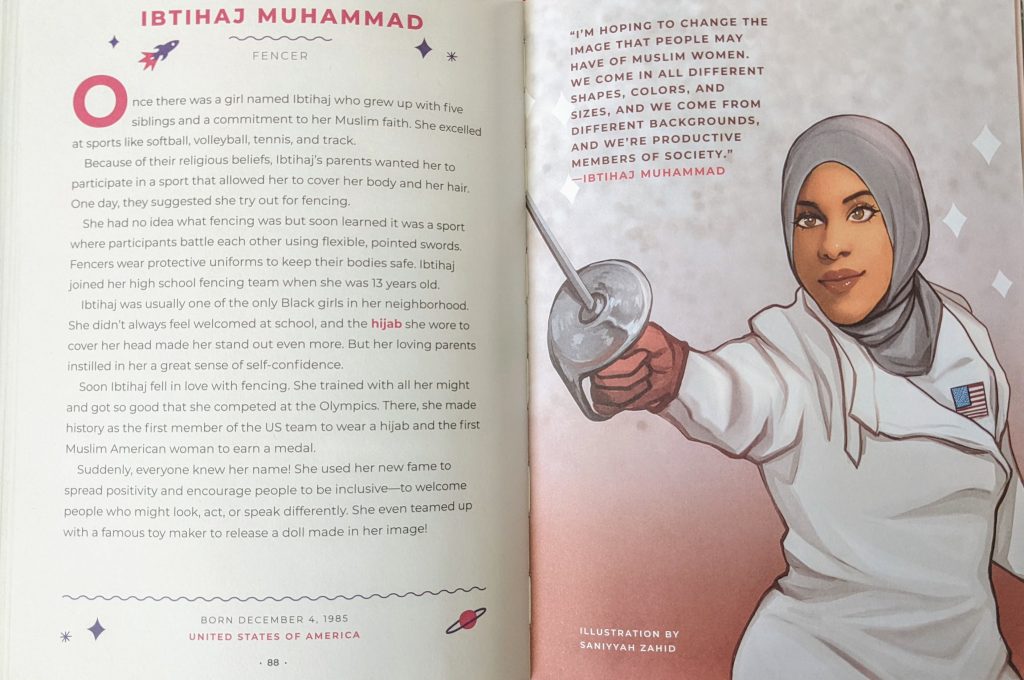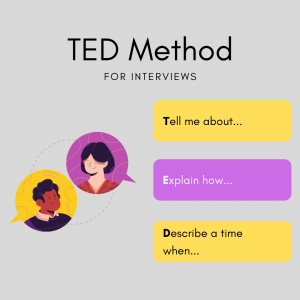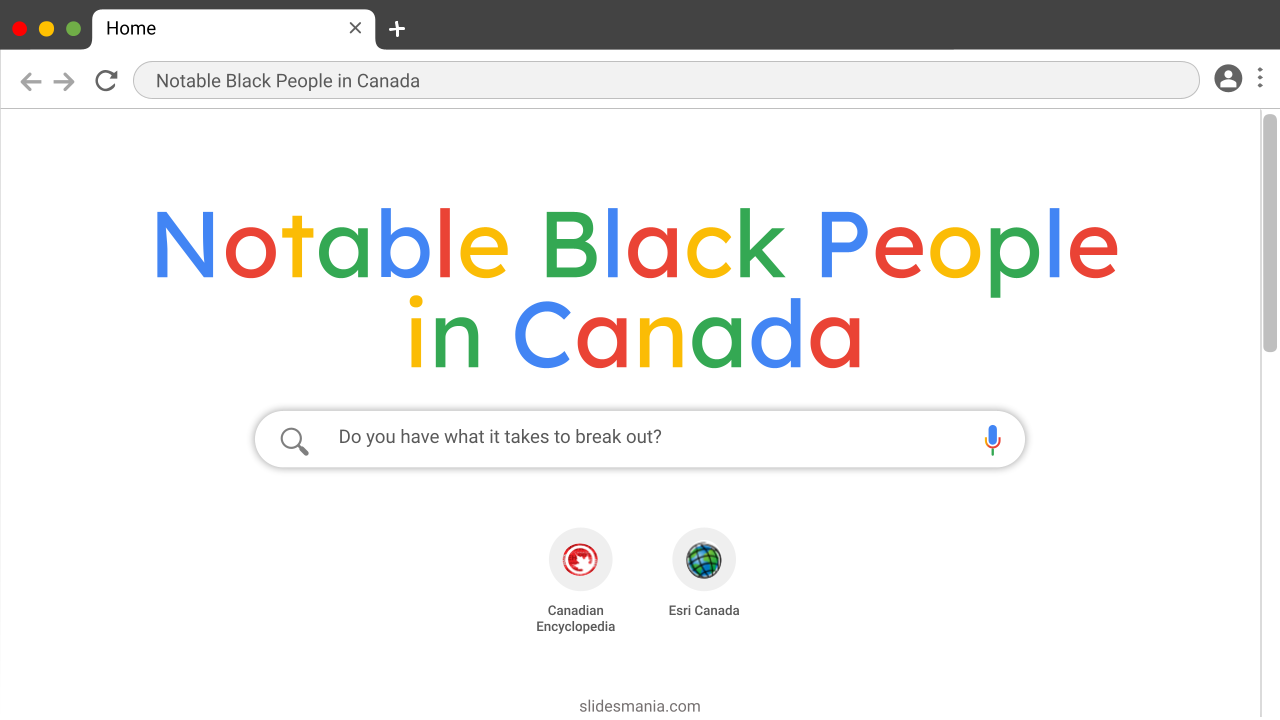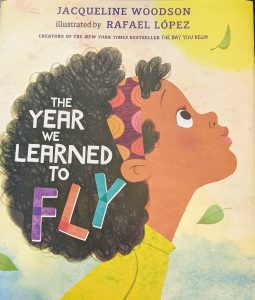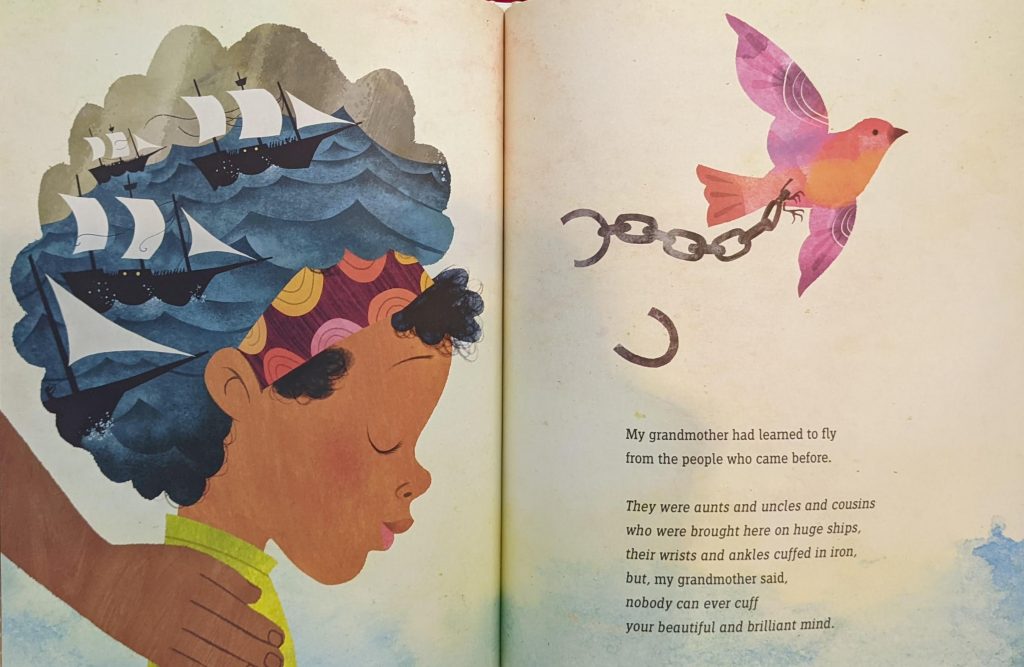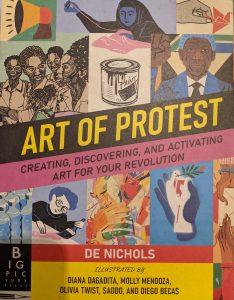 I’ve been reading books that seem to have a theme centred around the impacts of the pandemic. Children’s books and YA novels are often some of my favourite reads, whether or not I take them back to the classroom to read or study with students. In this post, I’ll share 2 books that I have recently read.
I’ve been reading books that seem to have a theme centred around the impacts of the pandemic. Children’s books and YA novels are often some of my favourite reads, whether or not I take them back to the classroom to read or study with students. In this post, I’ll share 2 books that I have recently read.
If you have read any of my previous posts or follow me on Twitter, you know that I am a Kelly Yang fan, through and through. Her writing is real and vulnerable and I strongly believe that it’s because she writes from her own lived experiences. While I knew that I was in for a treat with New From Here, I didn’t think that I would find myself as emotional as I was while reading through the pages.
Written from the perspective of ten-year-old Knox Wei-Evans, New From Here shares the impact of the pandemic in a real and vivid way. While not only trying to stay safe from the threat of Covid-19, we also get a real look at the anti-Asian hate experienced, not only by adults but young children. Although my heart ached for the characters in the book, seeing the bravery and advocacy of Knox, not only for himself and his family but also for his classmate, made me hopeful. I journeyed into this profession because I strongly believe that children are the very best humans on the planet. This book was a great reminder of just how great they really are.
I’ve used other Kelly Yang books in my classroom to talk about themes of stereotypes and racism and would use this book in a similar way. Depending on the relationships we have built, it might also serve as an opportunity for students to share their experiences during the pandemic. Hate and discrimination in a variety of forms have been experienced by many people during this pandemic. Sharing and hearing each others’ stories is essential in learning just how deep the impact of this has been. From this learning, we have an opportunity for change, if as a collective, we choose. While there are many who seem eager to shed their masks and “return to normal”, for many, this isn’t a possibility nor a desire because the Covid-19 pandemic isn’t over and the pandemic of race, rages on.
Ain’t Burned All the Bright – Jason Reynolds and Jason Griffin
This book came as a recommendation from a colleague – Casey MacDonald – and I’m so grateful! I listed both the name of the author and illustrator because this mixed-media work of art is just that, a work of art.
Grounded in 2020, and beginning with the pandemic of race, Breath One reminds us of the protests that were happening in many parts of the world after the murder of George Floyd. While we saw black squares and written statements, this is a pandemic that has continued to rage on. While many were panic-stricken with the thought of something new potentially causing harm, long-term injury or death, this was an added layer to merely trying to exist for many communities.
Breath Two delves more into the isolation of lockdown and the experience of relying on one another, within a family, to make it through. I know that during the lockdown it was challenging to compete for space to teach while others are working and still others, learning. The challenge was real and I wonder the impact this may have as we reflect back in a few years.
Breath Three is a somewhat optimistic look at what is most important when it comes to breathing through both pandemics – Covid-19 & race. Although this text is grounded in 2020, it’s important to note that for many, not much has changed. We’ve moved on from performative statements and symbols and we’ve “opened up” and yet Black deaths are still captured on video and many still remain isolated at home because of the very real threat of Covid-19 to their lives. It’s interesting to sometimes sit and note for whom a “return to normal” is acceptable or wanted.
The imagery in this book is incredible. While the words are powerful, the combination of the two is what really makes this book a work of art. In a number of instances, I had to go back and it was as though I saw more with a second take. This might be a powerful book to support the teaching symbolism with secondary students for Visual Arts. I do love the explanation at the end of the collaboration and wonder if a similar project, perhaps about this subject or another might be an opportunity for cross-curricular learning.
Two books, very different in style, and specific experiences of the characters and yet the themes of Covid and racism are seen throughout. As the world looks toward “reopening” what will change? What will remain the same? How might these stories help support us in searching for and creating better for and with those most marginalized? I so love how Children’s books and YA Novels can prompt us to consider how we might do better as a society.



